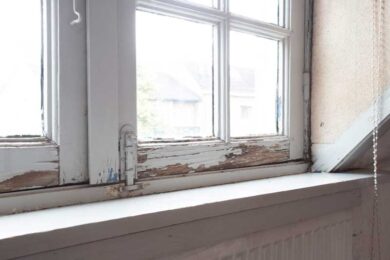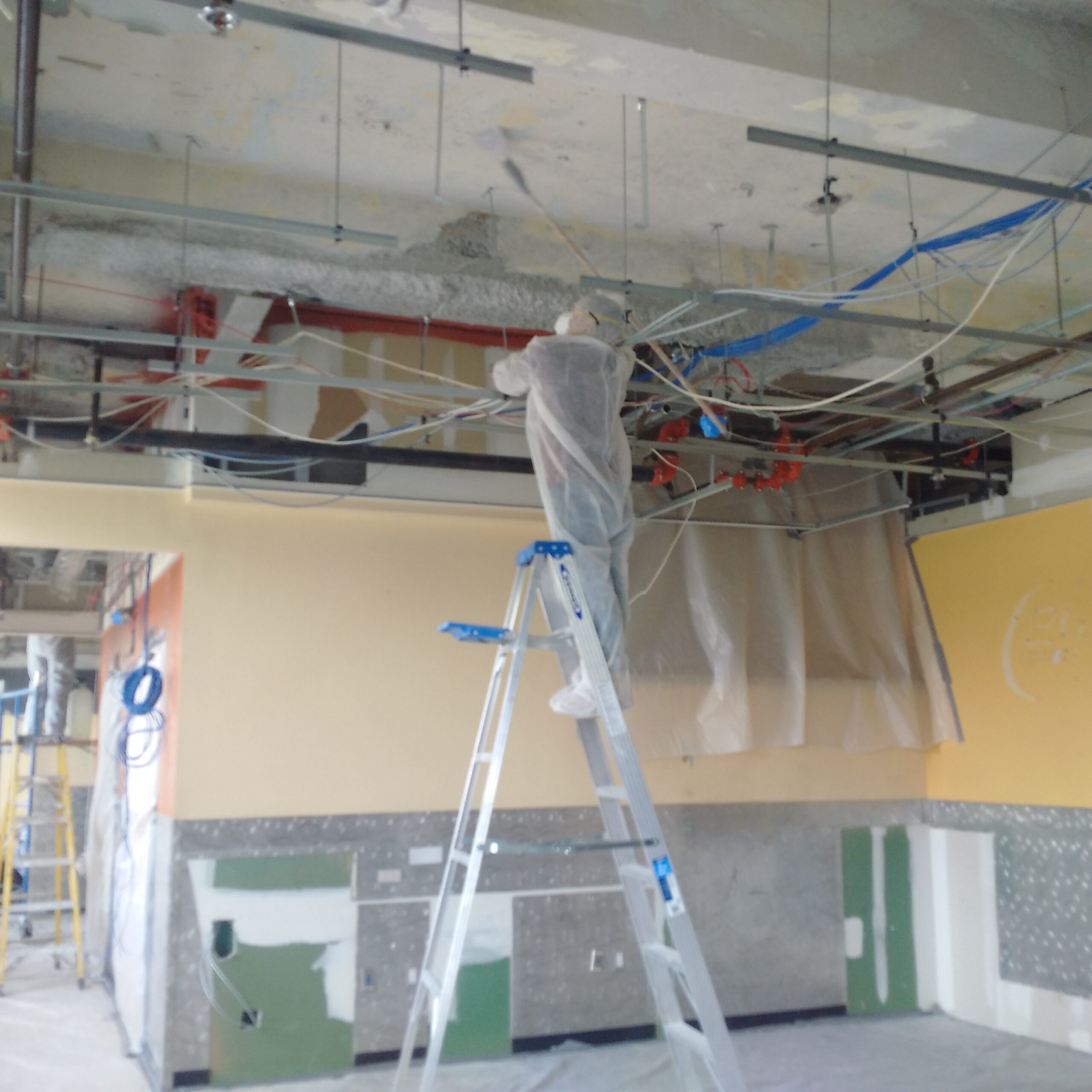Lead Paint Removal Service-- NYC's Trusted Solutions for Lead Safety And Security
Essential Tools and Methods for Efficient Lead Infraction Cleanup
Resolving lead infractions properly requires a detailed approach that blends the right devices with tactical methodologies. The very first step includes furnishing workers with Personal Protective Tools (PPE) to secure their health. Simultaneously, making use of specialized cleaning devices, such as HEPA vacuums and lead-specific cleaner, is important for complete pollutant elimination. Efficient control approaches, including plastic bed linen and unfavorable atmospheric pressure systems, are important to protect against the spread of unsafe products. Risk-free disposal techniques and rigorous adherence to governing standards guarantee responsible handling of hazardous waste. What are the nuanced approaches that genuinely make a distinction?
Individual Protective Tools
Individual protective equipment (PPE) is a vital part in the efficient administration of lead contamination cleaning. The essential PPE for lead cleaning consists of respirators, safety apparel, handwear covers, and eye security.
Respirators, especially those equipped with HEPA filters, are vital for filtering air-borne lead bits, avoiding inhalation. Correct fit and seal checks are important to guarantee their efficiency. Protective clothing, including coveralls and non reusable fits, protects against lead dust from sticking to workers' garments, lowering the threat of second contamination. Gloves, usually made of nitrile or latex, secure the skin from direct contact with lead, while safety and security goggles or full-face shields secure the eyes from dust and particles.
Furthermore, rigorous training on the right usage and maintenance of PPE is important. Employees must be informed on donning and doffing treatments to prevent contamination. Routine evaluations and substitutes of PPE components are required to keep their safety capacities, making certain a risk-free and certified clean-up procedure.
Specialized Cleanup Devices

One more necessary device is the wet/dry vacuum, which can effectively cleanse up both dust and liquid impurities. These vacuum cleaners frequently come with HEPA filters to supply an extra layer of safety and security. Wet wipes or tack cloths are additionally crucial for surface cleansing; they are specifically made to catch and hold lead fragments, lowering the threat of spreading contamination.
For even more stubborn deposits, specialized lead-removal cleaner are called for. These representatives are created to break down lead particles, making them much easier to remove. Scrub brushes with tough bristles can aid in this process, particularly on rough surfaces where lead dust often tends to adhere a lot more highly.
In addition, encapsulants are utilized to secure lead-contaminated surface areas, avoiding the release of lead dirt. These specialized paints and layers are created to stick to different substrates, offering a long-lasting solution for lead control.
Reliable Containment Approaches
Effective containment approaches are crucial in minimizing the spread of lead contamination throughout clean-up activities. Executing durable containment techniques guarantees that lead particles do not move to unaffected areas, consequently protecting both employees and the environment. One key method is using plastic sheet to seal contaminated areas. Heavy-duty polyethylene barriers can be set up from flooring to ceiling to develop a regulated job location, dramatically minimizing the threat of airborne lead dust dispersal.

To boost control, encapsulants can be related to surface areas that are not being eliminated or disturbed. These specialized coverings bind lead dust, reducing its schedule for resuspension. Furthermore, all personnel must put on suitable Individual Safety Devices (PPE), including respirators and disposable matches, to avoid contamination spread.
Safe Disposal Practices
Ensuring safe disposal techniques is a vital part in the administration of lead contamination about his cleaning. Correct disposal reduces the threat of lead coming back the environment and threatening public health (DOH & HPD Lead Violation Removal NYC).
Carrying lead waste needs adherence to stringent guidelines. Making use of qualified harmful waste service providers makes certain that the materials are managed responsibly. Paperwork, consisting of materializes outlining the kind and amount of waste, must accompany shipments to track the waste from the site of beginning to its final disposal location.
Designated contaminated materials disposal facilities are geared up to manage lead-contaminated materials safely. These centers often use advanced approaches such as stablizing, solidification, or chemical therapy to reduce the effects of the lead prior to disposal. Landfilling in specialized, lined areas that avoid leachate from contaminating groundwater is a common technique for last disposal.
Normal training for workers associated with lead waste disposal is crucial to keep security requirements and avoid accidental direct exposure. By adhering to these practices, companies can dramatically minimize the environmental and wellness effects connected with lead contamination.
Regulatory Compliance Tips

Sticking to regulatory conformity is critical in the effective execution of lead contamination cleaning. Comprehending and following government, state, and local laws guarantees not just the security and wellness of individuals yet likewise the lawful and financial health of the cleanup company. The Epa (EPA) sets rigid standards, such as the Lead Restoration, Repair, and Paint (RRP) Rule, which mandates appropriate qualification and training for professionals taking care of lead-based activities.
Conformity starts with a complete analysis of applicable legislations and guidelines. Organizations has to remain updated on any legislative modifications, which can be assisted in via normal training sessions and subscribing to industry updates. Documentation is another vital conformity element; keeping thorough documents of all tasks, consisting of examination records, staff member training logs, and disposal manifests, is important.
Additionally, engaging with accredited lead assessors or risk assessors guarantees that lead hazards are appropriately recognized and alleviated. Companies should apply making use of Individual Protective Devices (PPE) and guarantee that safety protocols are purely adhered to. Transparent communication with stakeholders, consisting of workers, customers, and governing bodies, will cultivate a culture of compliance and accountability, ultimately contributing to a much safer and more effective lead cleanup process.
Verdict
Reliable lead offense cleaning necessitates the combination of specialized devices and strategic techniques to guarantee security and efficacy. Making use of HEPA vacuums, specialized cleaning representatives, and effective control techniques such as plastic bed linen and unfavorable air stress systems is crucial. Individual protective equipment (PPE) safeguards workers from direct exposure, while safe disposal practices and rigorous adherence to regulative compliance are essential for sensibly taking care of dangerous waste. Collectively, these steps significantly minimize health More hints threats and add to a cleaner atmosphere.